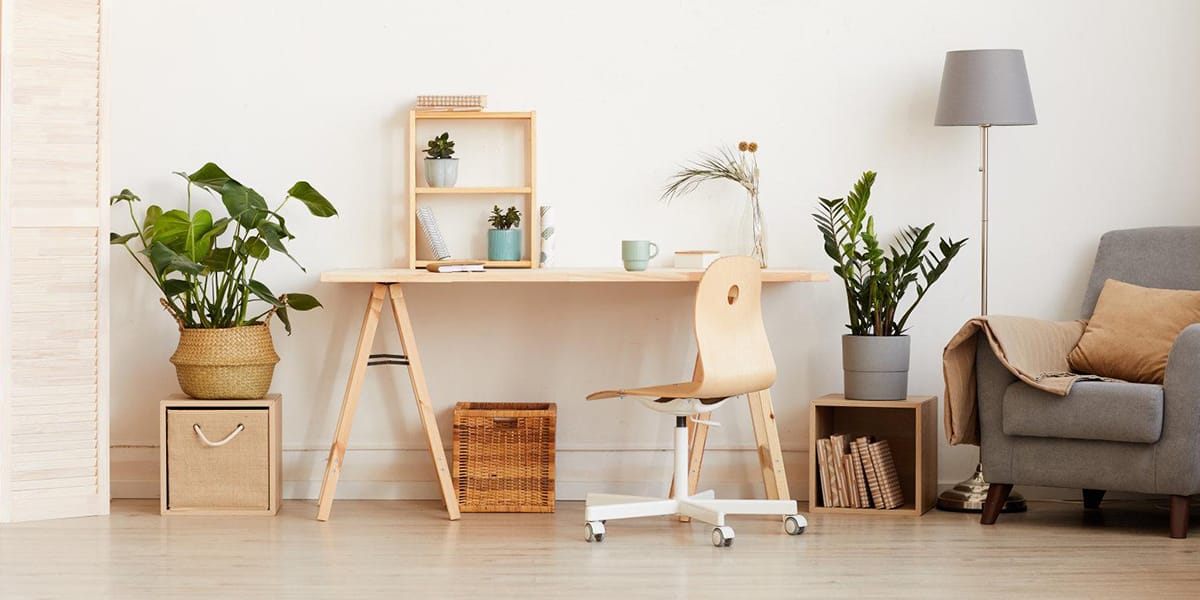The Importance of Purified Air in Your Home
The Essential Role of Purified Air
Good indoor air quality is crucial for our health as we spend a lot of time indoors on a daily basis. However, many of us are not aware of how severe the air pollutant in our homes and workplaces is. Recent studies have shown that indoor air pollutant levels may be 5 times higher than outdoor air, containing contaminants that can negatively impact us in many ways.
In this blog, we’ll carefully study common indoor air pollutants, their effects on our health, and practical ways to promote purified air inside your home. With some simple changes, you can start experiencing the benefits of fresh air throughout your home.

Sources of Indoor Air Pollution
Indoor air can contain a wide variety of pollutants. Some common sources of indoor air pollution include:
Cooking: During high-temperature cooking, smoke and oil particles can lower air quality. Natural gas stoves release carbon monoxide and formaldehyde into the air, which are toxic to humans and pets. Cooking on a gas stove, especially heating oil at excessively high temperatures, can also produce air pollutants
Cleaning supplies:Many cleaning products contain volatile organic compounds (VOCs) that evaporate into the air. Ironically, aerosol air fresheners are a common culprit of poor air quality due to released VOCs.
Dust and dander: Dust particles from dirt, fabric fibers, pet dander, mold, and other sources can accumulate and circulate in indoor air. This can be especially problematic for people with allergies or asthma.
Smoke: Secondhand smoke from tobacco products quickly lowers your home’s air quality.
Outdoor pollution: Outdoor pollutants from cars, factories, and wildfires can get drawn inside through ventilation systems and open doors/windows.
Mold: Excess moisture allows mold to grow in damp areas, which then releases spores and VOCs into your air.
VOC emissions from furniture: Many furniture products and building materials like plywood and insulation can emit VOCs.

Monitoring and controlling these common pollutants is key to maintaining clean indoor air.
Ways to Protect Your Home’s Air Quality
Because indoor air can contain various pollutants, purifying the air inside your home is important. Here are some effective ways to remove impurities and circulate fresh, clean air throughout your living space:
Ventilation
One of the simplest ways to freshen indoor air is to open your windows regularly. This allows fresh outdoor air to enter while stale indoor air exits. Aim to open your windows for 5–10 minutes daily, even during colder months. Proper ventilation exchanges the air inside your home and reduces dust, odors, and humidity.
Houseplants
Certain houseplants are excellent natural air purifiers. They absorb toxins like formaldehyde, benzene, and trichloroethylene from the air through their leaves and root systems. Some of the best air-purifying plants are aloe vera, English ivy, peace lilies, snake, and spider plants. Place these plants throughout your home to passively clean the air.
Air Purifiers
An air purifier traps airborne particles and promotes better air circulation. It’s good practice to place air purifiers in rooms where you spend the most time. If the space is relatively large, choose a large air purifier; if the space is relatively small, choose a small desktop air purifier.
Vacuuming and Dusting
Dust that accumulates on surfaces can get stirred up and pollute indoor air. Regular vacuuming and dusting help keep dust under control. Use a vacuum with a filter to capture dust and particles effectively and try to dust furniture, ceiling fans, and electronics weekly.
Avoid Harsh Chemicals
Many cleaning products and air fresheners emit harmful VOCs that lower indoor air quality. Avoid cleaners with bleach, ammonia, and other harsh chemicals. Opt for natural cleaning solutions made with safe, non-toxic ingredients. You may also want to avoid using artificially scented candles and synthetic room sprays, which can emit contaminants into your air.
Monitor Humidity Levels
Excess moisture in the air promotes the growth of mold, mildew, and dust mites. Purchasing a hygrometer will help you monitor humidity levels, which should be between 30–50%. Use exhaust fans, dehumidifiers, and air conditioners when needed to reduce excessive humidity.



